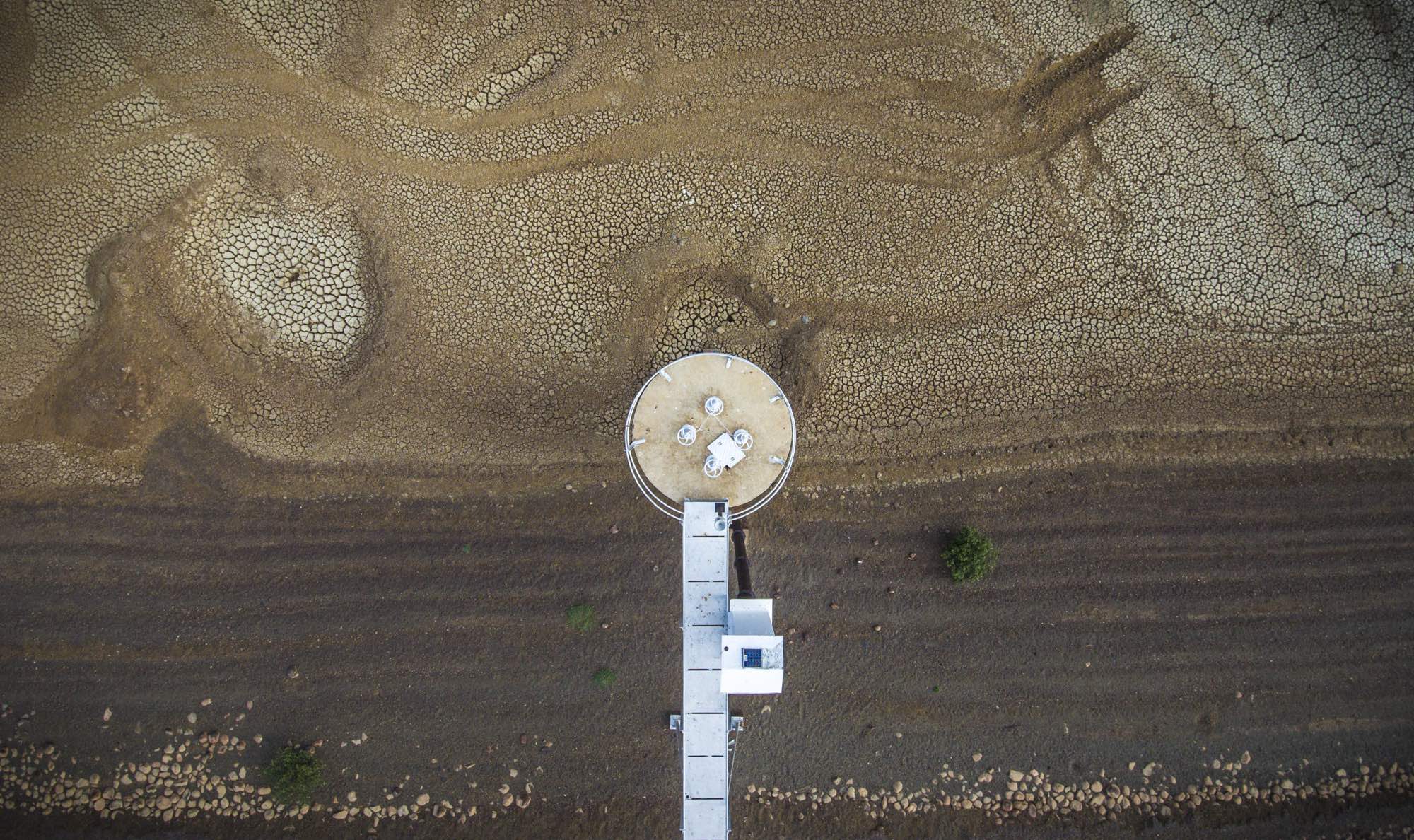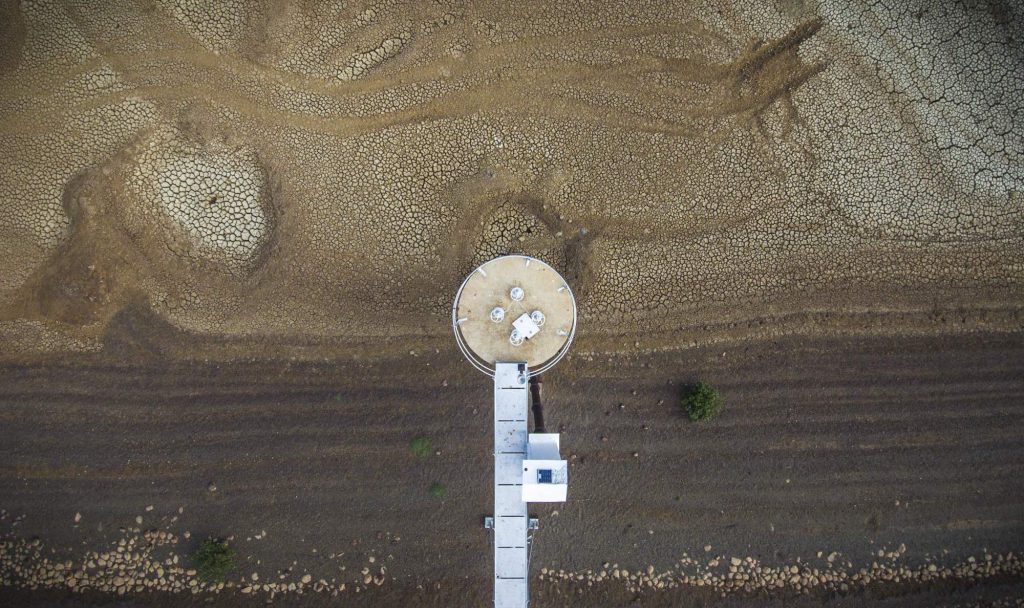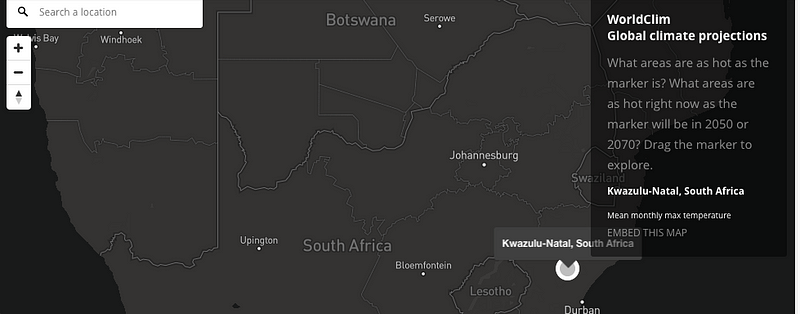
10 Nov Pioneering multimedia tech for climate change
Lessons we learnt from experimenting with savvy storytelling tech to tell visually strong and impactful multimedia investigations
Over the past six months Shorthand has become a useful multimedia design tool for our investigations. Oxpeckers, which combines traditional investigative reporting with new media techniques, worked with different journalists on four multimedia investigations for an adaptation series entitled “ClimaTracker: what climate change means for your town”.
These are some of the lessons we learnt from experimenting with savvy storytelling technology to tell visually strong and impactful multimedia investigations:
Lesson 1: Shorthand and WordPress
We first experimented with the fashionable scrolly-telling format during a transnational collaboration with Italian science communication agency formicablu. The SeedControl investigation is a masterpiece of modern storytelling, but it was created on a customised design system.
Shorthand provided a convenient alternative, enabling us to put together the scrolly-telling format with other design elements such as drone visuals. We had some initial problems with the autoplay on video footage using Shorthand, but have heard from the designers that this glitch has been fixed.
For our second investigation, Disrupting the future: science and social learning key to reducing climate disaster risks, we reverted to our tried and trusted WordPress format to put all the multimedia elements together. This was pioneering work in WordPress, but finding the right plugins took time and scrolly-telling proved to be quite tedious as minor changes upon editing requires exports, uploads and ordering from scratch.
We went back to using Shorthand for our final two investigations, Fire Factories and Preparing for the worst: will your city survive climate change?
Lesson 2: Drone photojournalism
Our first investigation, When towns run dry, opened a new world of eagle’s-eye story telling using drone footage and photos. AfricanDrone’s Johnny Miller, who provided the visuals, says drones are able to reveal patterns and different perspectives than those from on the ground. “Sometimes, this will present visual metaphors, or at least visual incongruities that are striking. This provides context to the written story that is deep and rich with meaning.”

Drone journalism allowed us to test the waters with aerial views showing the intensity of the drought in Calvinia. Photo: Johnny Miller/AfricanDrone
Lesson 3: Soundclips
Soundclips are a great way to provide instant information and avoid “boring the reader”. In Disrupting the future science journalist Anina Mumm used Skype to call interviewees on landlines or cell phones, and recorded the calls using free software called Amolto Call Recorder. She edited the clips using Audacity, also a free tool. WordPress has built-in functionality for soundclips, so auploading them to the multimedia piece was simple.
Lesson 4: Dealing with large data sets
For the data-driven Fire factories investigation, we had to figure out which tools to use to display large amounts of data gathered during our research and interviews. We cleaned and visualised the data using tools such as CARTO and Atlas, and turned to Adobe spark and Sound cloud to better organise the interviews and videos. See more on the processes used here.

The final investigation, Preparing for the worst: will your city survive climate change, interrogated large data sets indicating how South African cities are adapting to the impacts of climate change. We used both published adaptation data sets and sent questionnaires to eight municipalities.
We used the data wrapper tool to create a population forecast chart and graph, and embedded a global climate projection map designed by Code for Africa to allow readers to see the change in temperature in different parts of the world.
Lesson 5: Social media advertising
Creating powerful videos and interactive graphics to use with social media campaigns really helped boost our investigations. Paying for campaigns on Twitter and Facebook takes a bit of fiddling, but is worthwhile and saves precious time at the end of the day. All four investigations were boosted through sponsored social media campaigns, resulting in a greater footprint.
ClimaTracker is an innovative geojournalism tool that makes complex climate-related data accessible. Our Food Basket Calculator is updated regularly to show how climate change is affecting your monthly shopping basked.
The “ClimaTracker: what climate change means for your town” multimedia project received funding and technical support from the ImpactAfrica Fund
